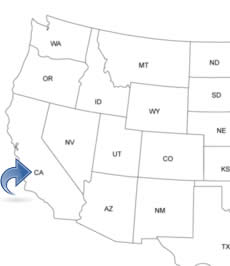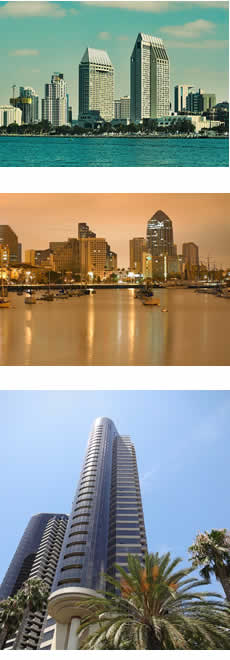CALIFORNIA PEOPLE SEARCH!
- ✔ Contact Info
- ✔ Phone Numbers
- ✔ Criminal Records
- ✔ Income Info
- ✔ Neighbors
- ✔ People's Age
- ✔ Property Ownership
- ✔ And Much More
San Diego, California
San Diego is located on the coast of the Pacific Ocean in Southern California and is the second largest city in the U.S. State of California. San Diego is known for its warm climate, miles of beaches and location on the Mexican border. San Diego is also known for the SeaWorld theme park and the San Diego Zoo and the San Diego Zoo Safari Park. The city is home to the Pacific Fleet of the United States Navy.
To See And To Do In San Diego
- Visit The Beaches
- San Diego Zoo Safari Park
- Sea World
- Balboa Park
- Maritime Museum of San Diego
- Museum of Contemporary Art San Diego
- Old Town
History Of San Diego - Timeline
The first Europeans came to the area in 1542. In 1602, Sebastian Vizcaino, a conquistador from Spain, explored the area. In 1769, the Spanish soldier, Gaspar de Portolà, and his men founded the military post, the Presidio of San Diego and Junípero Serra founded the Mission San Diego de Alcalá. In 1774, more settlers arrived. In 1775, the Kumeyaay Indians surrounded Mission San Diego de Alcala and set the structures on fire.
In 1808, the chapel façade of Mission San Diego de Alcalá was built. In the 1820s, about 600 people live in the city. In 1825, the Old Town San Diego State Historic Park was built. In 1846, U.S. forces reached the town and raised the first American flag and established Fort Stockton. In 1850, San Diego was incorporated. In 1851, the newspaper, San Diego Herald, was published.
In 1856, the oldest brick structure in southern California was built. It was built by Thomas Whaley and the house was a store, a court house, a school and a theater. In 1865, the first public school house opened. In 1868, the Balboa Park was built. In 1869, the first post office was established. In the 1870s, gold was discovered and people came to work on the railroad and with mining. Schools, hotels, electric street lights and the first transit system were built.
In 1880, about 35,000 people lived in the San Diego area. In 1882, the first public library opened and the city had telephones. In 1885, the railroad reached the city and the city had horse-drawn streetcars. In 1886, the city had electric street lights. In 1890, cable cars operated in the city. In 1892, the Fisher Opera House opened.
In 1905, Sixty people were killed by a boiler explosion on a gunship in the harbor. In 1914, the Cabrillo Bridge opened and Franklin D. Roosevelt was in the car the first drove across the bridge. In 1915, the Museum of Man opened. In 1916, the San Diego Zoo opened. In 1918, about 370 people were killed by the Spanish Influenza. In 1919, San Diego became the home base for the Pacific Fleet.
In 1927, the El Cortez Apartment Hotel was built. In those days it was the tallest building in the city. In 1929, the Presidio Park opened. With the military presence, the city grows more and more and in the 1930s, about 148.000 people lived in the city. In 1933, the Natural History Museum opened. In 1935, the Old Globe Theatre opened. In 1960, the University of California, San Diego, was established and the professional football team, San Diego Chargers, was established. In 1964, SeaWorld opened. In 1969, the San Diego–Coronado Bridge opened. In 1972, the San Diego Zoo Safari Park opened.
In 1978, 144 people were killed in an air crash when a jet approached San Diego airport and was struck by a Cessna. In 1984, 21 people were killed when a gunman opened fire at a McDonald's restaurant. In 1985, the Westfield Horton Plaza opened. In 2004, the Petco Park, a ballpark in downtown, opened. Today San Diego hosts the largest naval fleet in the world with 54,000 employees.

